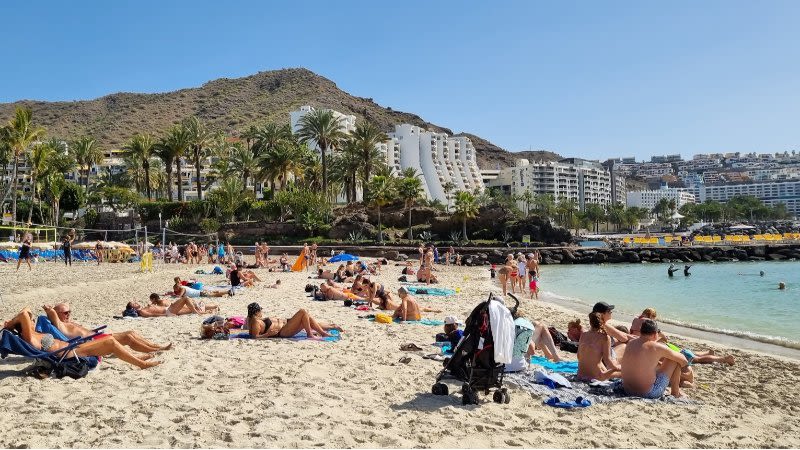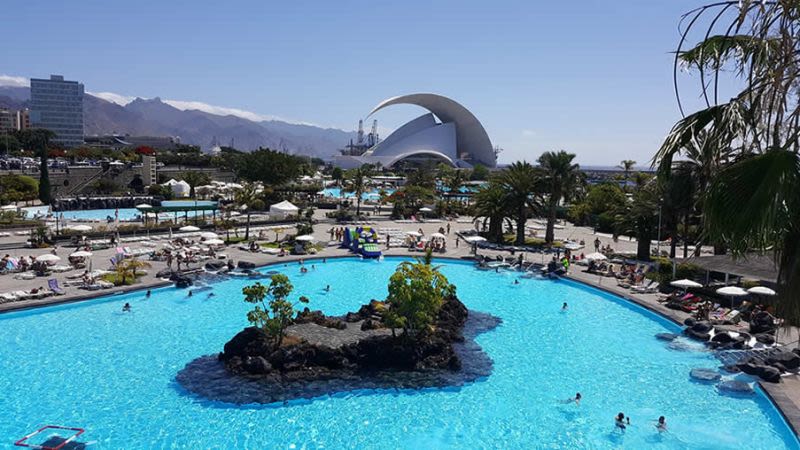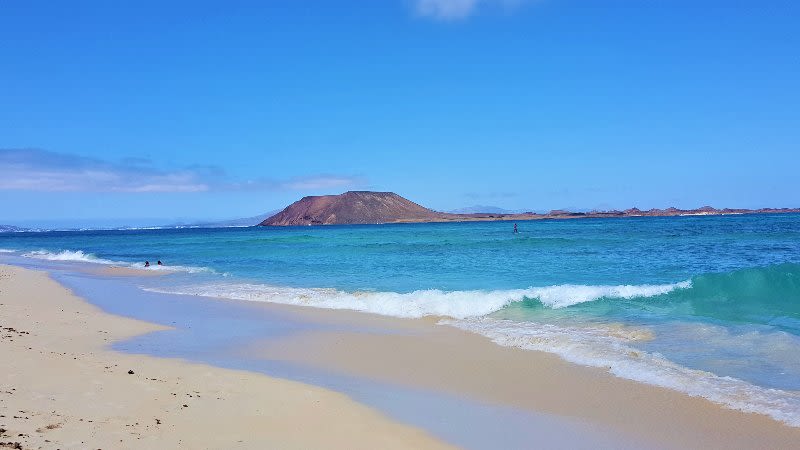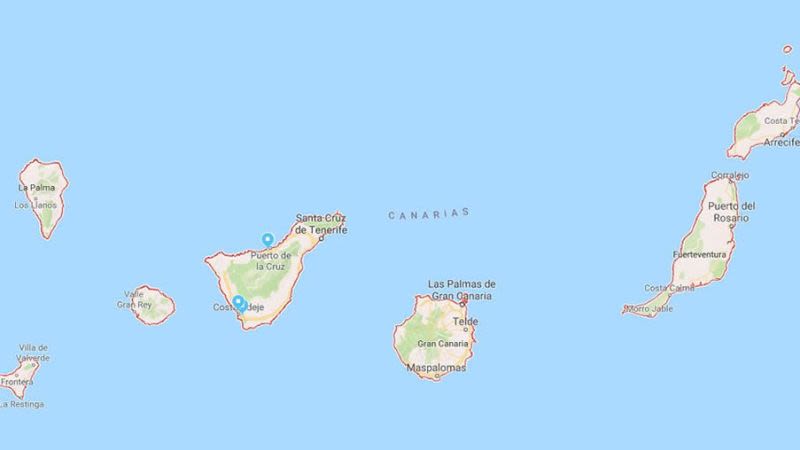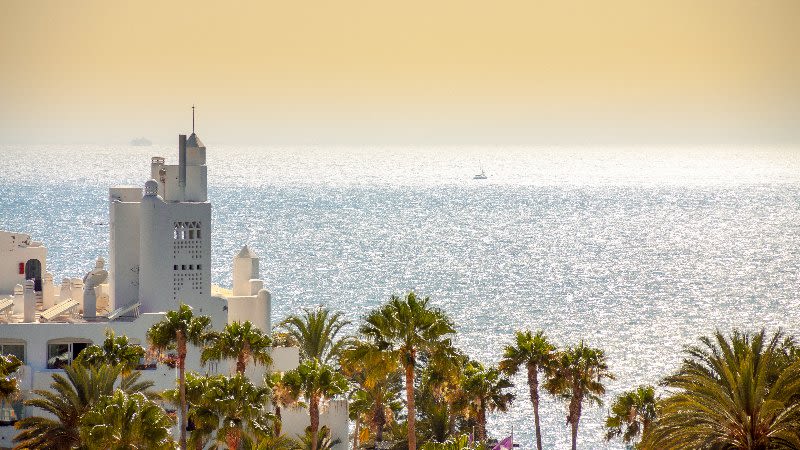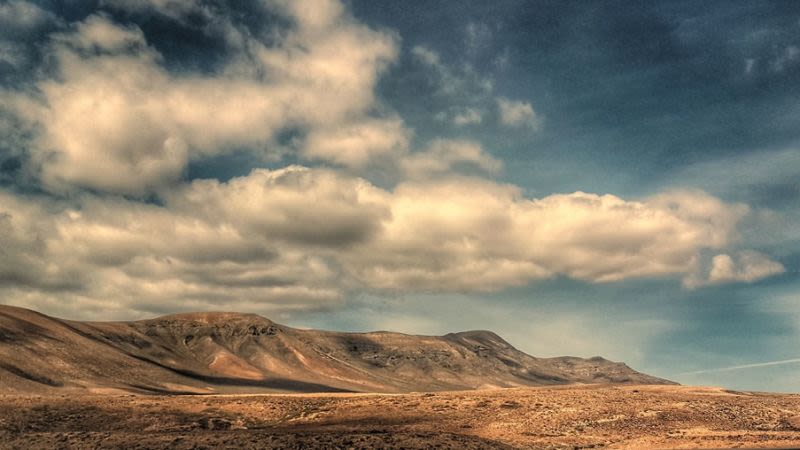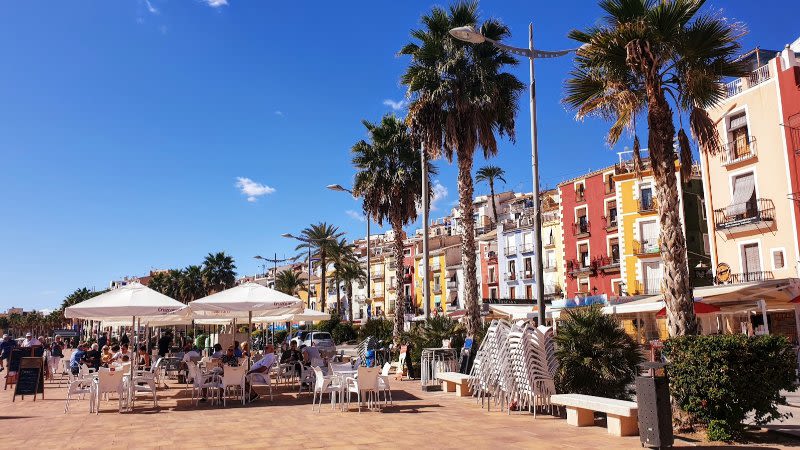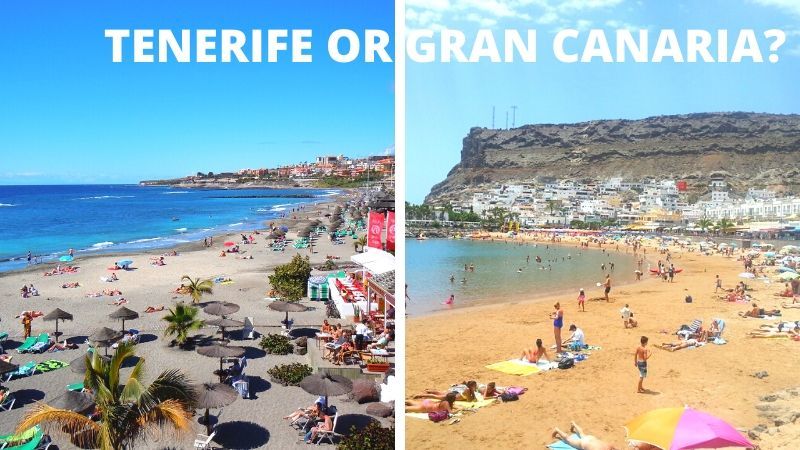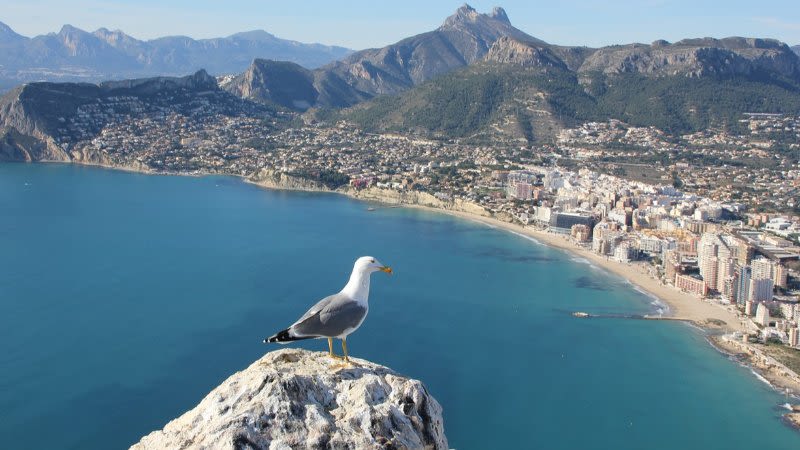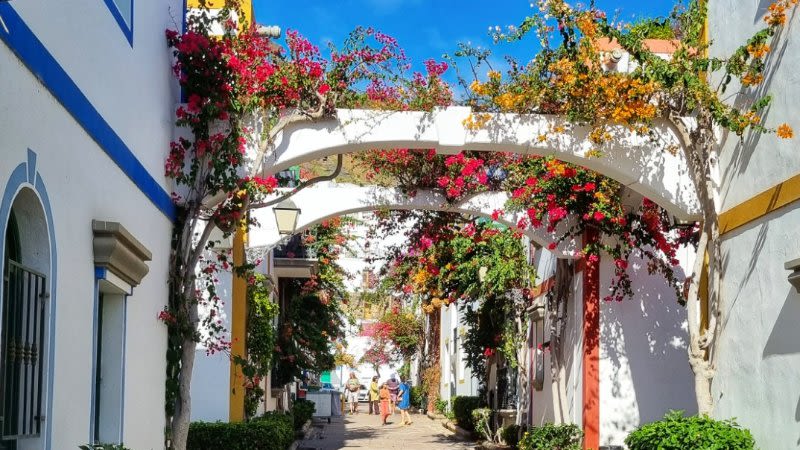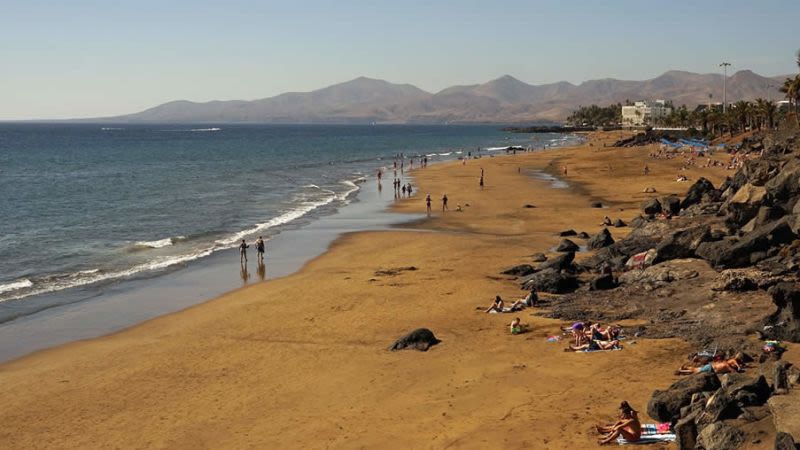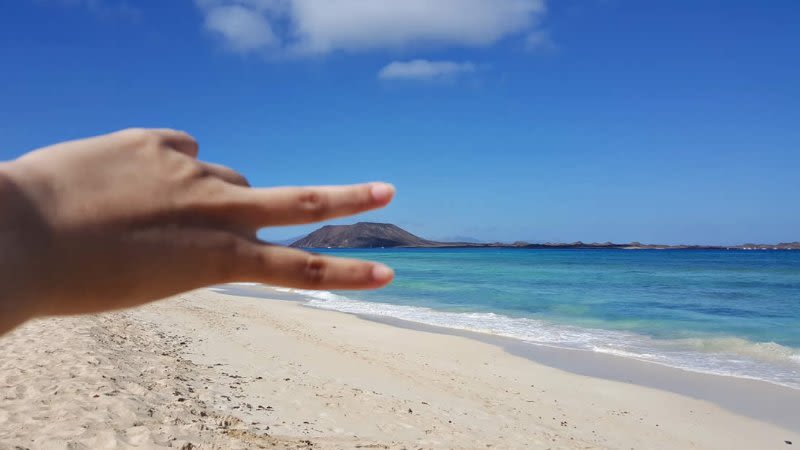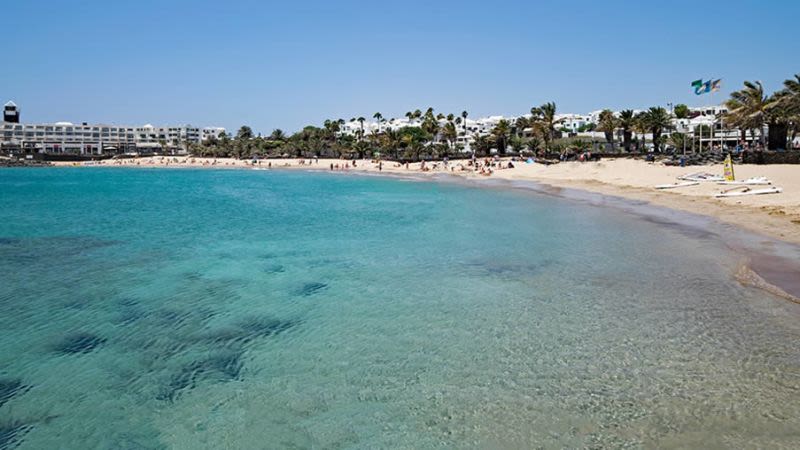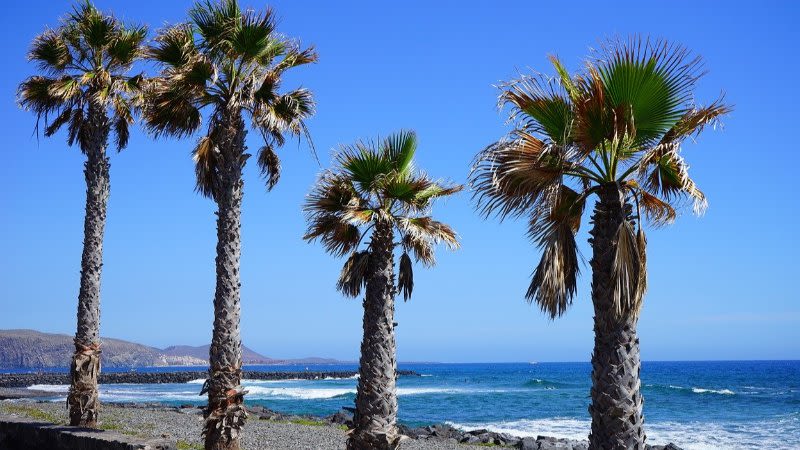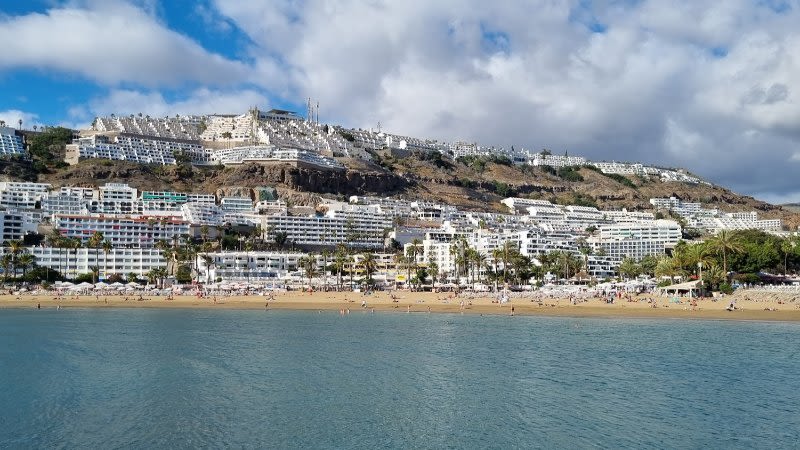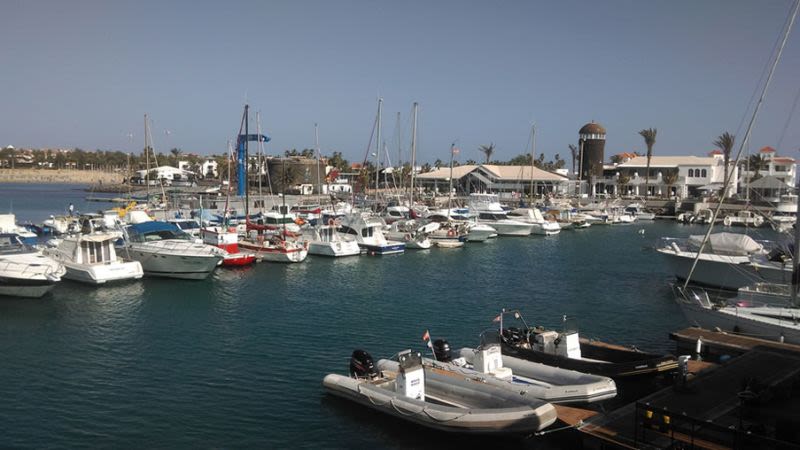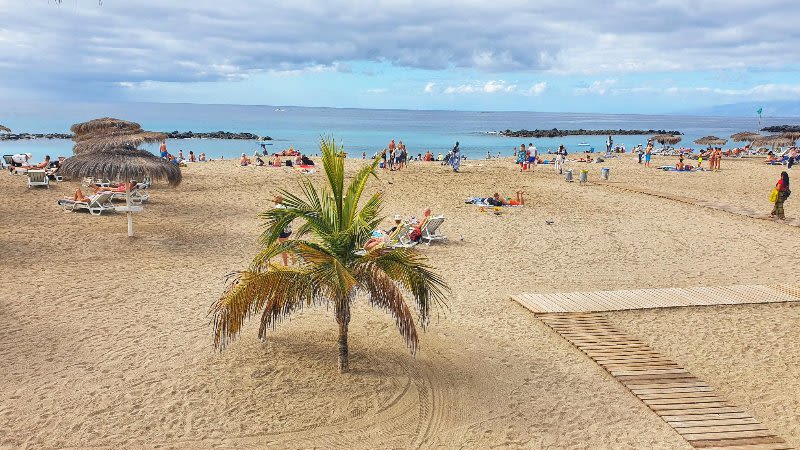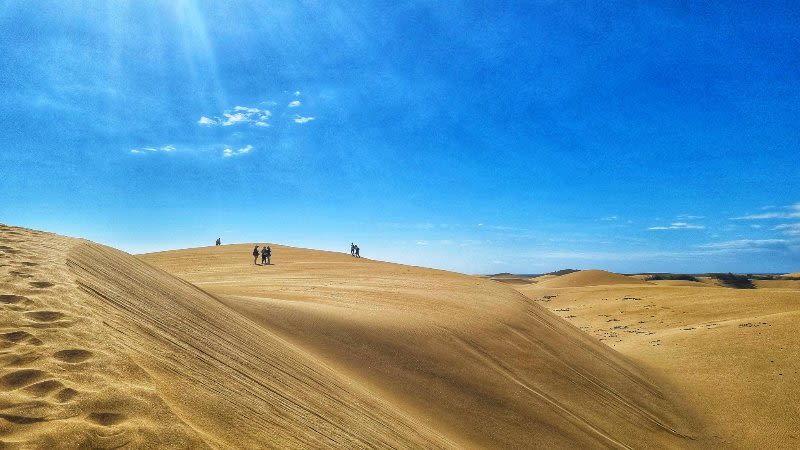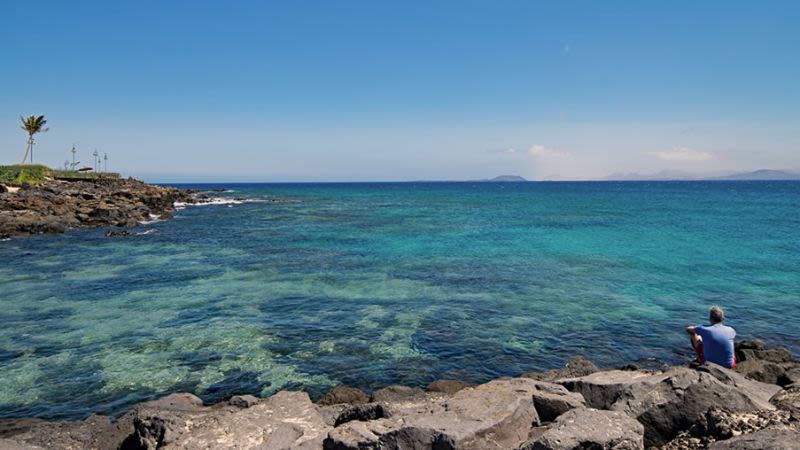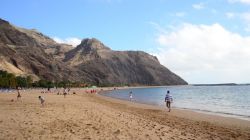Largest Canary Island - Facts about Spain's Canary Islands archipelago
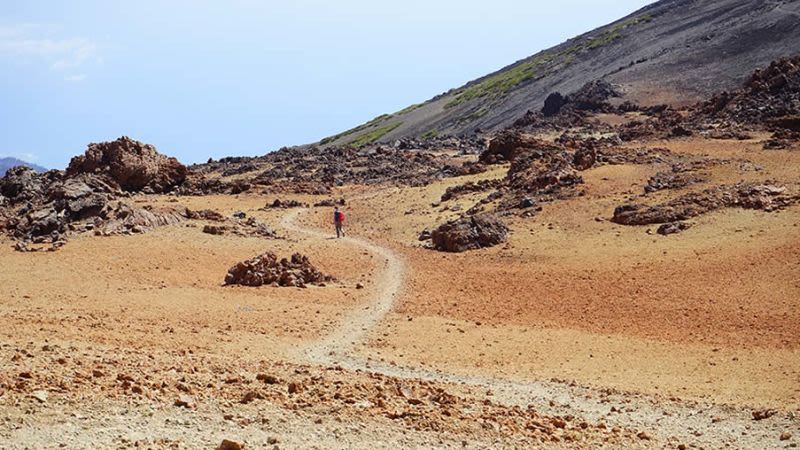
Have you ever wondered how many islands are there in the Canary Islands archipelago? Or which is the largest island and which is the smallest in terms of land surface? Most of you may already know that Tenerife is the largest island and also the most popular and visited, but do you know which are the rest?
How many Canary Islands are there?
The Canary Islands archipelago is composed of 8 main islands (these are their names in descending order of their size):
- Tenerife
- Fuerteventura
- Gran Canaria
- Lanzarote
- La Palma
- La Gomera
- El Hierro
- La Graciosa
Besides the main islands there are several other smaller islands and islets:
- Alegranza
- Isla de Lobos
- Montana Clara
- Roque del Oeste
- Roque del Este
La Graciosa is the smallest inhabited island out of the eight main islands, although it has a population of fewer than 1,000 people, although most people stay here only during the summer months. This idyllic small island has no paved roads. La Graciosa is situated very close to the coast of Lanzarote and you can take a ferry or an excursion on a boat to visit for the day.
Tenerife - the largest Canary Island
Tenerife is the largest island in the Canary Islands archipelago in terms of size, with an area of 2034 square kilometers and a population of around 900,000 people.
Tenerife is also the most visited island in the Canaries and it's one of the best and warmest Canary Island during winter, in our opinion.
The island is well known worldwide due to Mount Teide, the third largest volcano in the world if measured from the ocean floor, situated almost in the center of Tenerife, dominating the landscape with its imposing stature.
Not only is Tenerife the largest Canary Island, but Teide is the highest peak in all of Spain and one of the best places to visit on the island. And if you're into numbers and statistics, you may also be interested to know that Tenerife is the second largest island in Spain, after Mallorca, which is part of the Balearic Islands.
Due to Mt Teide's altitude of 3,715 m (12188 ft), Tenerife is also the highest island among all the islands in the Atlantic Ocean.
Fuerteventura - the second-largest Canary Island
After Tenerife, Fuerteventura is the second-largest island with an area of 1,660 km2.
Fuerteventura is also home to some of the best beaches in the Canary Islands, like Playa de la Concha (El Cotillo), Cofete, the beaches inside Corralejo Natural Park and of course Sotavento, in the Jandia Peninsula.
Fuerteventura is also the oldest Canary Island
Fuerteventura dates back 20 million years, which makes it the oldest of all the 8 (in case you had forgotten how many Canary Islands are there). The other islands are much "younger" having appeared around 5 million years ago.
The Canary Islands ranked based on their size:
- Tenerife - the largest island, with an area of 2034 km²
- Fuerteventura - 2nd largest, with an area of 1600 km²
- Gran Canaria - 3rd largest, with an area of 1560 km²
- Lanzarote - 4th largest, with an area of 845.9 km²
- La Palma - 5th largest, with an area of 708.32 km²
- La Gomera - 6th largest, with an area of 369.76 km²
- El Hierro - 7th largest, with an area of 268.71 km²
- La Graciosa - 8th largest, with an area of 29.05 km²
As you can see, after the 3rd largest island, Gran Canaria, the size drops considerably and the rest of the islands are much smaller, but they still have lots of interesting places to see and visit. The entire archipelago is blessed with wonderful weather all year round due to its location, which is why the Canaries are considered one of the warmest winter destinations in Europe.


